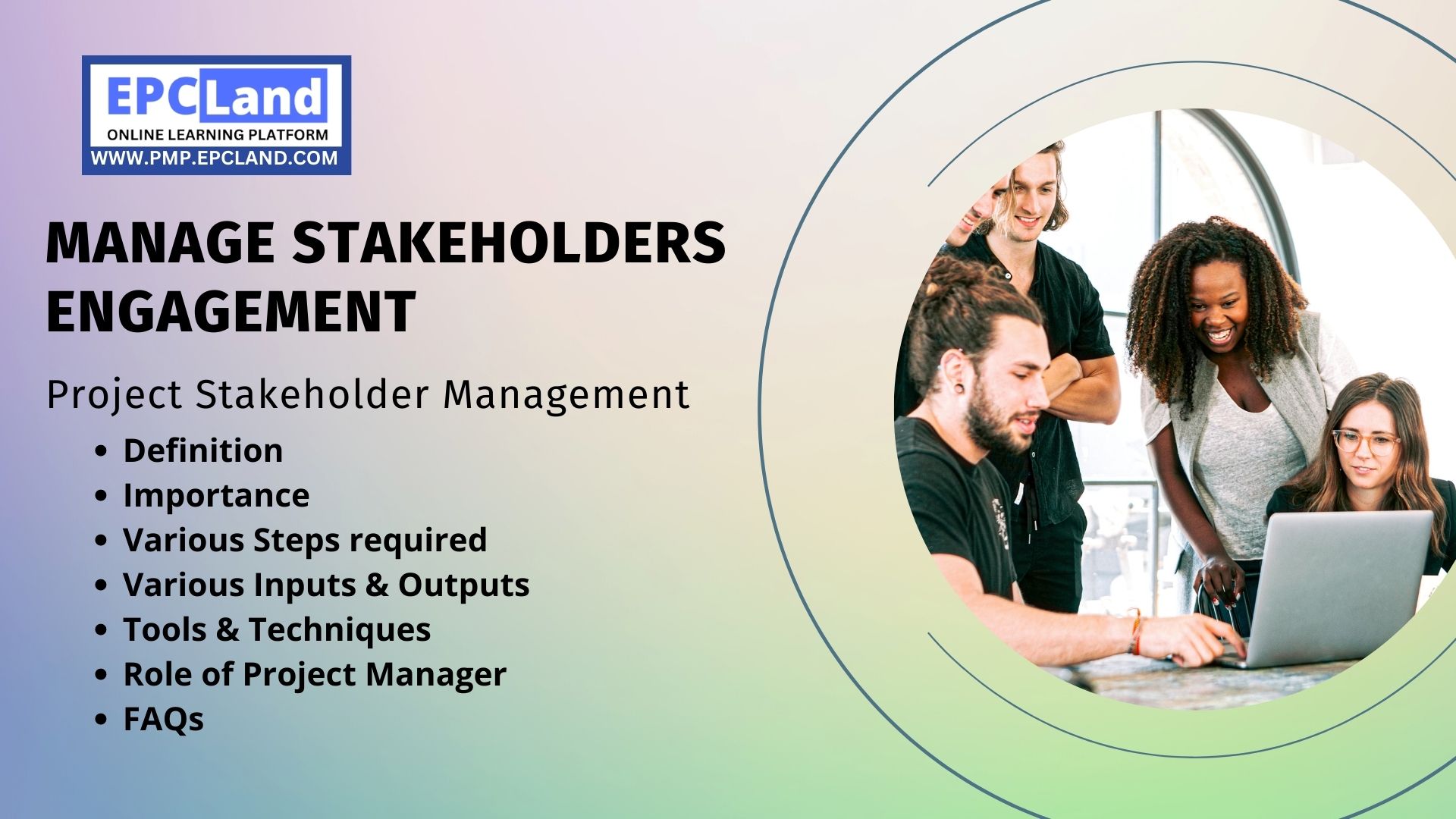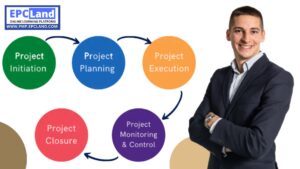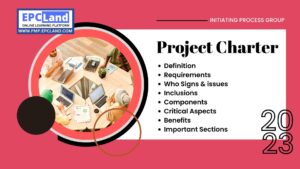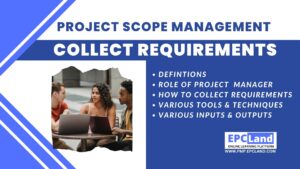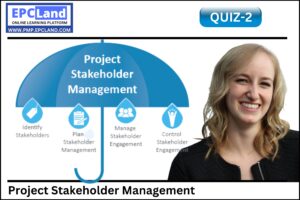Project stakeholder management is a critical component of overall project success. It involves identifying, engaging, and managing the stakeholders who have an interest or impact on the project outcome. Effective stakeholder engagement is essential for ensuring that project objectives are met and that everyone involved is aligned toward a common goal.
To manage stakeholder engagement effectively, project managers must understand the needs and expectations of each stakeholder group, and establish clear lines of communication and collaboration. This can involve building and maintaining positive relationships, managing conflicting interests, and ensuring that stakeholders are kept informed and engaged throughout the project lifecycle.
A well-planned and executed stakeholder engagement strategy can help to ensure project success by reducing the risk of project delays, unexpected costs, and project failure. It also helps to ensure that projects are delivered on time, within budget, and to the satisfaction of all stakeholders involved.
What is the Importance of “Manage Stakeholders Engagement” in Project Stakeholder Management
The importance of managing stakeholder engagement in project stakeholder management lies in several key areas:
- Alignment of Goals: By engaging and communicating with stakeholders, project managers can ensure that everyone involved has a clear understanding of the project goals and objectives. This helps to ensure that everyone is working towards the same end result.
- Improved Decision-Making: Engaging stakeholders provides project managers with valuable insights and feedback that can be used to make informed decisions. This can help to avoid missteps and ensure that the project stays on track.
- Reduced Risks: Effective stakeholder engagement can help to identify potential risks and challenges early on, allowing project managers to take proactive steps to mitigate these risks.
- Increased buy-in and support: When stakeholders feel engaged and involved in the project, they are more likely to support it and invest their time and resources.
- Improved Project Outcomes: By engaging stakeholders, project managers can build consensus and agreement, ensuring that everyone is working together to deliver the best possible outcome for the project.
Attempt Quiz-1 on Manage Stakeholders Engagement Process
What are Various Steps required in “Manage Stakeholders Engagement” in Project Stakeholder Management
The steps involved in managing stakeholder engagement in project stakeholder management are as follows:
- Identify Stakeholders: The first step is to identify all stakeholders who have an interest or impact on the project. This may include customers, suppliers, partners, employees, and other key players.
- Assess Stakeholder Interests and Expectations: Once stakeholders have been identified, it is important to assess their interests and expectations. This involves understanding what each stakeholder group wants to achieve from the project and how they will be affected by the project outcome.
- Develop a Stakeholder Engagement Plan: Based on the assessment of stakeholders’ interests and expectations, project managers should develop a stakeholder engagement plan that outlines how they will engage with each stakeholder group.
- Establish Communication Channels: Effective communication is critical for stakeholder engagement. Project managers should establish clear lines of communication with each stakeholder group and ensure that stakeholders are kept informed and updated throughout the project lifecycle.
- Build Relationships: Building positive relationships with stakeholders is essential for ensuring effective stakeholder engagement. Project managers should take steps to build trust, credibility, and rapport with stakeholders.
- Manage Conflicts: Conflicts are a natural part of any project. Project managers should be prepared to manage conflicts when they arise and should be skilled at resolving conflicts in a timely and effective manner.
- Monitor and Evaluate Stakeholder Engagement: Ongoing monitoring and evaluation of stakeholder engagement is critical for ensuring that the project stays on track and that stakeholders remain engaged and satisfied. Project managers should regularly review and adjust the stakeholder engagement plan as needed.
What are various Tools & Techniques used for “Manage Stakeholders Engagement” in Project Stakeholder Management
The following are some of the tools and techniques that can be used for managing stakeholder engagement in project stakeholder management:
- Stakeholder Register: A stakeholder register is a document that provides information about all stakeholders involved in a project. It helps project managers to identify and prioritize stakeholders, assess their interests and expectations, and track their engagement throughout the project lifecycle.
- Communication Plan: A communication plan outlines how stakeholders will be informed and updated throughout the project. It includes details about the type of information to be communicated, who will receive the information, how it will be communicated, and when it will be communicated.
- Stakeholder Engagement Matrix: A stakeholder engagement matrix is a visual representation of the level of engagement and influence of each stakeholder. It helps project managers to prioritize their engagement efforts and to focus on engaging the stakeholders who are most critical to the project outcome.
- Surveys and Feedback: Surveys and feedback mechanisms can be used to gather information and insights from stakeholders. Project managers can use this information to identify areas for improvement and to make informed decisions.
- Meetings and Workshops: Meetings and workshops can be used to engage stakeholders and to build relationships. They provide an opportunity for project managers to hear directly from stakeholders, to answer questions, and to discuss issues and challenges.
- Conflict Resolution Techniques: Conflict resolution techniques, such as mediation and negotiation, can be used to resolve conflicts that arise between stakeholders. Project managers should be skilled in these techniques and should be prepared to use them when necessary.
- Status Reports and Project Dashboards: Status reports and project dashboards can be used to communicate project progress to stakeholders. They provide stakeholders with a clear and concise overview of the project status and help to keep everyone informed and engaged.
The inputs required for managing stakeholder engagement in project stakeholder management include:
- Project charter: This includes the scope, objectives, and stakeholders involved in the project.
- Stakeholder register: This includes a list of all stakeholders and their interests, expectations, and level of engagement in the project.
- Communication plan outlines the communication channels, frequency, and type of information to be shared with stakeholders.
- Stakeholder engagement plan: This defines the strategies and tactics for engaging with stakeholders and managing their expectations.
- Organizational processes and policies: This includes the organizational guidelines and procedures for stakeholder engagement and communication.
- Performance reports: This includes project status reports, risk reports, and other relevant performance metrics that provide information to stakeholders.
- Feedback: This includes the feedback received from stakeholders on the project and their level of engagement.
- Resource availability: This includes the resources required to effectively engage with stakeholders and manage their expectations.
What are various Outputs required for “Manage Stakeholders Engagement” in Project Stakeholder Management
The outputs of managing stakeholder engagement in project stakeholder management include:
- Stakeholder engagement assessments: This provides information on the level of engagement of stakeholders and their satisfaction with the project.
- Communication updates: This includes regular updates on project progress and status to stakeholders.
- Performance reports: This includes project status reports, risk reports, and other relevant performance metrics that provide information to stakeholders.
- Stakeholder engagement plan updates: This includes updates to the stakeholder engagement plan based on stakeholder feedback and project progress.
- Change requests: This includes changes requested by stakeholders to the project scope, schedule, or budget.
- Issues and concerns log: This includes a log of all issues and concerns raised by stakeholders and the actions taken to resolve them.
- Project deliverables: This includes the project outputs and results that are delivered to stakeholders.
- Lessons learned: This includes information on what worked well and what could be improved in managing stakeholder engagement for future projects.
What is the role of the Project Manager in “Manage Stakeholders Engagement” in Project Stakeholder Management
The role of the project manager in managing stakeholder engagement in project stakeholder management is to:
- Identify stakeholders: The project manager is responsible for identifying all stakeholders involved in the project and assessing their level of engagement and influence.
- Develop a stakeholder engagement plan: The project manager creates a plan that outlines the strategies and tactics for engaging with stakeholders and managing their expectations.
- Communicate with stakeholders: The project manager is responsible for communicating project information to stakeholders, including project progress, risks, and issues.
- Manage expectations: The project manager is responsible for managing stakeholder expectations by ensuring that they are informed, involved, and satisfied with the project.
- Resolve conflicts: The project manager is responsible for resolving any conflicts that may arise between stakeholders and ensuring that the project remains on track.
- Monitor stakeholder engagement: The project manager regularly assesses the level of stakeholder engagement and satisfaction and takes actions to improve it if necessary.
- Adapt the plan: The project manager adapts the stakeholder engagement plan based on feedback from stakeholders and changes in the project environment.
- Report on stakeholder engagement: The project manager provides regular updates to senior management and other stakeholders on the status of stakeholder engagement.
Attempt Quiz-2 on Manage Stakeholders Engagement Process
Final Take away on “Manage Stakeholders Engagement” in Project Stakeholder Management
In conclusion, managing stakeholder engagement is a critical aspect of project stakeholder management. The project manager plays a key role in identifying stakeholders, developing a stakeholder engagement plan, communicating with stakeholders, managing expectations, resolving conflicts, monitoring engagement, and adapting the plan as needed. Effective stakeholder engagement helps to ensure that stakeholders are informed, involved, and satisfied with the project. This leads to improved project performance, increased stakeholder support, and ultimately, project success.
FAQs on “Manage Stakeholders Engagement” in Project Stakeholder Management
Here are some frequently asked questions on “Manage Stakeholders Engagement” in Project Stakeholder Management:
- What is the purpose of managing stakeholder engagement in a project? The purpose of managing stakeholder engagement is to ensure that stakeholders are informed, involved, and satisfied with the project. This helps to increase stakeholder support and ultimately, improve project performance and success.
- Who is responsible for managing stakeholder engagement in a project? The project manager is typically responsible for managing stakeholder engagement in a project.
- What are the key components of a stakeholder engagement plan? The key components of a stakeholder engagement plan include a list of stakeholders, communication channels, frequency of communication, and strategies for engaging and managing stakeholder expectations.
- What is the role of the project manager in managing stakeholder engagement? The project manager is responsible for identifying stakeholders, developing a stakeholder engagement plan, communicating with stakeholders, managing expectations, resolving conflicts, monitoring stakeholder engagement, and adapting the plan as needed.
- How can you improve stakeholder engagement in a project? Improving stakeholder engagement can be achieved by regularly assessing stakeholder satisfaction, seeking stakeholder feedback, involving stakeholders in project decisions, providing regular updates on project progress, and resolving conflicts effectively.
